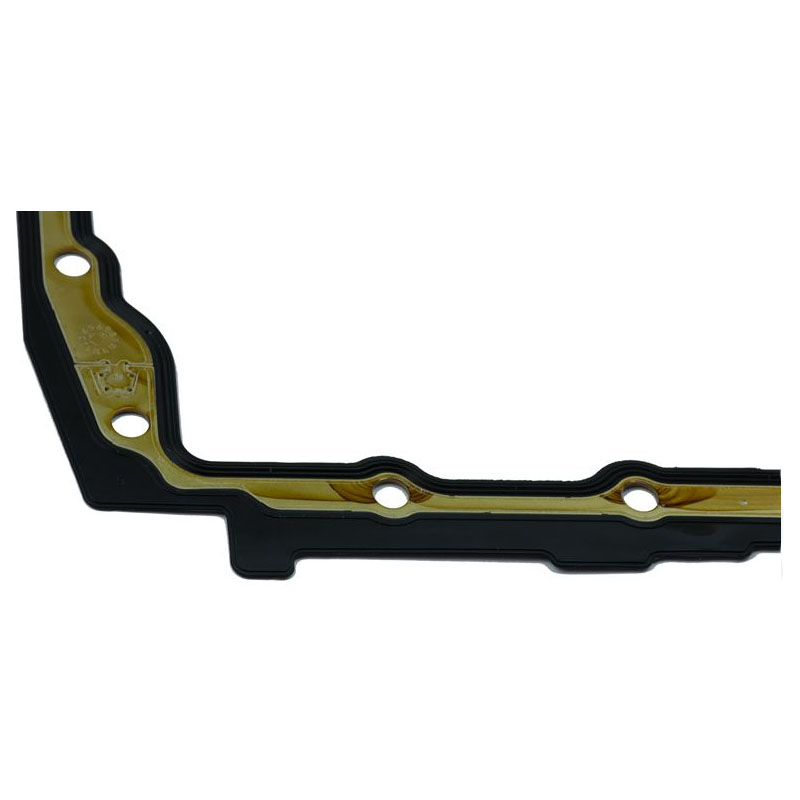oil drain plug quick drain
Understanding Oil Drain Plug Quick Drain Systems
In the world of automotive maintenance, oil changes are a vital aspect of vehicle care. Ensuring that your engine is running smoothly and efficiently largely depends on the quality and cleanliness of the oil circulating within it. Traditionally, changing oil has been a cumbersome task, often involving messy spills and difficult access to drain plugs. However, innovations in design have led to the development of quick drain systems that can revolutionize the oil change process. In this article, we delve into the concept of the oil drain plug quick drain system, its benefits, and why it is becoming an essential accessory for both amateur and professional mechanics.
What is a Quick Drain System?
A quick drain system incorporates a specially designed drain plug that allows for faster and cleaner oil changes. This system typically includes a drain hose and a valve mechanism that enables the oil to flow easily and safely from the engine to a catch basin. Unlike standard drain plugs, which may require the removal of a bolt and can lead to messy spills, quick drain systems are designed with convenience in mind. They often utilize a push-and-release mechanism that simplifies the process and minimizes the risk of contamination.
Benefits of Quick Drain Systems
1. Efficiency One of the most significant advantages of a quick drain system is the time savings it offers. Instead of wrestling with traditional drain plugs, mechanics can simply attach a hose, open the valve, and let gravity do the work. This speed can be especially beneficial in commercial settings, where time is money, allowing rapid turnover in oil changes.
2. Cleanliness Oil changes are notorious for creating messes, especially if the technician isn't experienced. Quick drain systems mitigate this problem by directing oil flow into a containment system, preventing spills on the garage floor or the engine compartment. This cleanliness not only looks professional but also helps avoid slippery surfaces that can lead to accidents.
3. Reduced Wear and Tear Constantly removing and tightening the traditional drain plug can lead to wear and potential damage over time. Quick drain systems minimize the need to repeatedly manipulate the drain plug, extending its lifespan and preserving the integrity of the oil pan thread.
oil drain plug quick drain

4. Versatility Quick drain systems come in various designs, making them compatible with a wide range of vehicle types. Whether you operate a standard sedan, a high-performance vehicle, or even heavy machinery, there is likely a quick drain solution available to suit your needs.
5. User-Friendly Many quick drain systems are designed with ease of installation in mind. For those who enjoy working on their vehicles, these systems often do not require specialized tools or extensive expertise for installation. This accessibility makes it an attractive option for DIY enthusiasts.
Considerations When Choosing a Quick Drain System
When selecting a quick drain system, several factors should be taken into account
- Compatibility Ensure that the quick drain system is specifically designed for your vehicle model to guarantee a proper fit. - Material Quality Look for systems made from durable materials that can withstand high temperatures and corrosive engine oils. - Ease of Use Consider user reviews that highlight the simplicity of the installation and operation processes.
Conclusion
The advancement of technology in automotive maintenance has made oil changes easier and more efficient than ever. Quick drain systems offer a revolutionary approach, simplifying the process for both professionals and DIYers alike. With benefits like increased efficiency, cleanliness, and reduced wear on equipment, it is no surprise that more mechanics are adopting this technology. Investing in a quick drain system may save you time, keep your workspace cleaner, and ultimately lead to better vehicle maintenance practices. As the automotive industry continues to evolve, embracing tools like the oil drain plug quick drain system can make a substantial difference in your maintenance routine.
-
The Ultimate Guide to Boat Propeller Bearings and Trailer Wheel Bearings
News Jul.31,2025
-
The Essential Guide to Marine Bearings and Boat Trailer Wheel Bearings
News Jul.31,2025
-
The Complete Guide to Heavy Duty Seals: Protecting Doors and Spaces Efficiently
News Jul.31,2025
-
Essential Guide to Marine Shaft Bearings and Boat Trailer Axle Bearings
News Jul.31,2025
-
Comprehensive Guide to Marine and Trailer Bearings for Safe Boating and Transport
News Jul.31,2025
-
Comprehensive Guide to Automotive Oil Seals: Protecting Your Engine and Shafts
News Jul.31,2025
-
Understanding Automotive Oil Seals: Essential Components for Engine and Shaft Protection
News Jul.30,2025
Products categories















